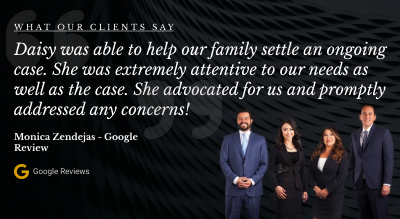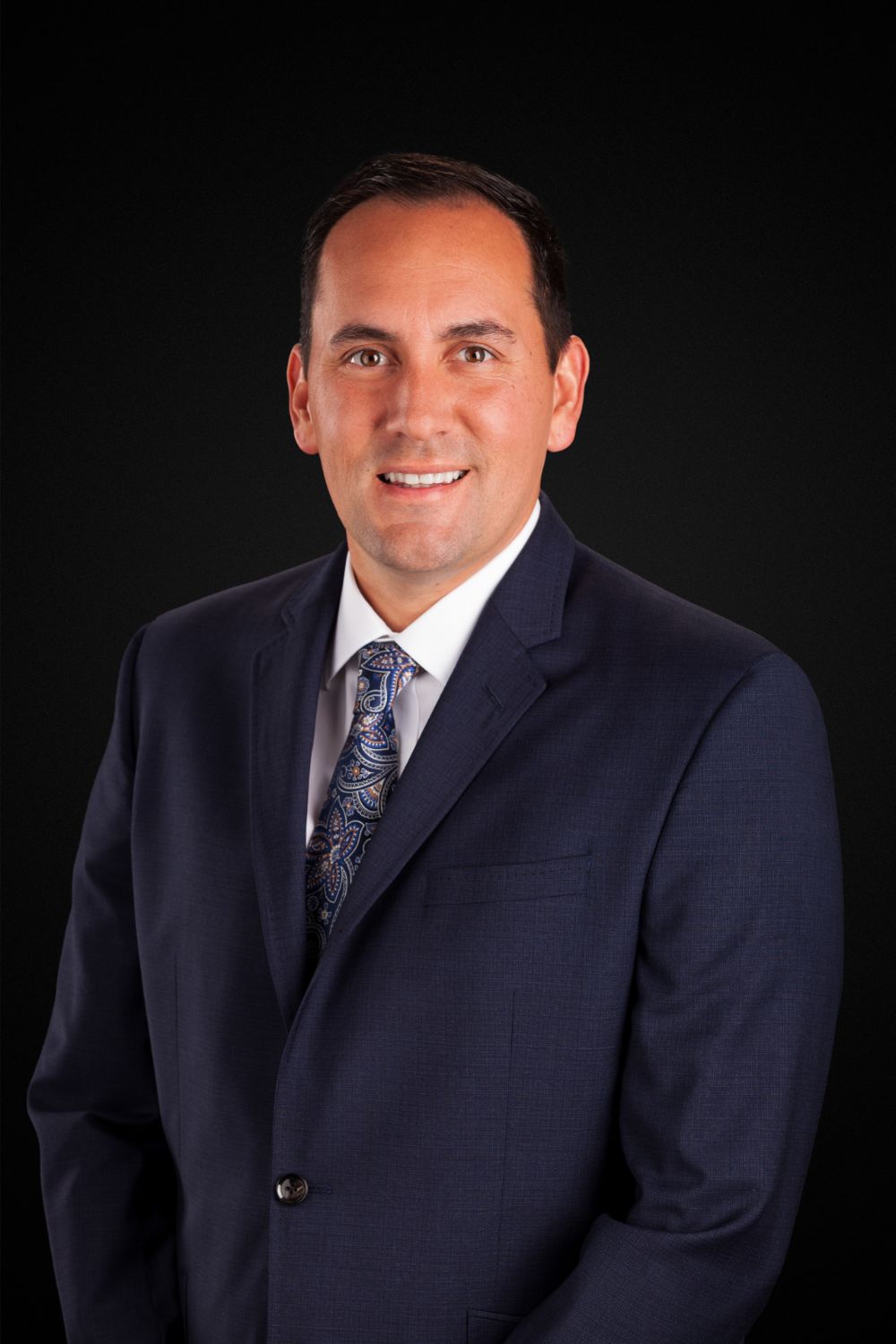
T-bone accidents are some of the most complicated when it comes to determining fault.
If you suffered an injury after a t-bone car accident you should reach out to an attorney to work on getting you a settlement and keeping the at-fault party responsible.
Both parties often share some portion of fault for the accident.
The determination of fault usually comes down to different types of evidence, such as photos, videos, accident reconstruction, or witness testimony.
So, how do insurance companies and juries determine fault in a major or minor T-bone accident?
Our experienced New Mexico and Texas personal injury lawyers provide an overview of the process and how it may affect your claim.
For a free consultation, please call (575) 222-1000 or send us an online message today.
How Do T-Bone Cases Work?
In almost all scenarios, T-bone accidents involve two possibly liable parties. Each driver may share some portion of liability, depending on the circumstances.
This is why each case begins with gathering as much evidence as possible.
For example, as the victim, your attorney may help collect photographs, CCTV footage, and witness statements from the scene of the crash.
This information helps build the claim and recreate the events leading up to the accident.
After collecting evidence, your attorney begins negotiating with the other driver’s insurance company on a settlement.
During this process, the adjuster will try to find any evidence that suggests that you are partially at fault.
They do this in an effort to lower the settlement offer. An attorney knows these tactics and continues to negotiate until the insurance company offers a fair settlement.
If the insurance company remains unreasonable, the attorney might threaten to take the case to trial.
It’s costly for insurance companies to go to trial, so a lawyer who suggests that trial is the next stop might influence the company to offer a better settlement.
In fact, this aversion to the cost of a trial is one reason a majority of claims reach a settlement and never go to court.
What Does T-Bone Mean in a Car Accident?

A T-bone accident refers to any collision where the front or back of one vehicle strikes the side of another vehicle.
During the impact, the two vehicles form a “T” shape, hence the name.
Typically, this type of crash occurs when one vehicle runs a red light or stop sign.
However, it may also happen in unlikely places like interstates if a vehicle loses control or in parking lots if a vehicle backing out of space strikes another one passing by.
How a T-Bone Accident Affects the Body
At moderate and high speeds, T-bone accidents are some of the most dangerous.
This is because they put a tremendous amount of force into the side of the vehicle struck, potentially crushing the occupants.
Even if they don’t suffer lacerations or fractures, victims may sustain injuries like whiplash, concussions, or ruptured discs in the spine.
All of these injuries carry the risk of long-term complications, such as disability or disfigurement.
For this reason, many T-bone accident claims involve a thorough settlement negotiation or trial.
How to Tell Fault in a T-Bone Accident
So, who is at fault in a T-bone accident?
Depending on the type of evidence available, determining fault is either relatively straightforward or somewhat difficult.
In some cases, a camera at an intersection may catch the responsible driver running a red light before hitting the other driver.
However, not all claims have such clear-cut evidence. In some cases, there is no video of the accident.
Therefore, your attorney and the insurance company might rely on accident reconstruction experts to recreate the incident based on available photos of the aftermath and descriptions from the accident report.
In fact, accident reports might include a T-bone accident diagram from the responding police officer that shows the possible cause of the collision.
T-Bone Accident Discrepancies in Witnesses—Who Wins?
If there are many witnesses to the crash, chances are they may have different accounts of what happened.
Not everyone views an accident at the exact same angle, so it’s possible that some may have information that conflicts with other accounts.
In this situation, it sometimes comes down to the opinion of the jury during a trial.
As far as whether conflicting witness testimony helps the plaintiff or the defendant, it really depends on the strength of other evidence presented.
The Effect of Fault on Damages in a T-Bone Car Accident Settlement
Every state has its own way of applying fault to car accident cases. New Mexico, for instance, follows a pure comparative negligence doctrine.
This means that you may recover damages even if you are 99% at fault for the accident. The catch is that the law reduces your total award by your percentage of fault.
Texas, on the other hand, follows the 51% rule. This means that you cannot get compensation if you are 51% or more responsible for the accident.
Let’s consider the following fictional example of New Mexico’s pure comparative negligence rule. While driving to work, John gets T-boned by a driver as he runs through a four-way stop sign.
While the responsible driver negligently ran the stop sign, John also did a rolling stop rather than a full stop.
Based on video evidence obtained from a nearby business, the insurance company finds John 20% at fault for the crash.
If John’s total damages are $100,000, then based on his percentage of fault, John would receive a maximum of $80,000.
As you can see, fault plays a significant role in the overall value of a car accident case. Some states don’t allow the victim any compensation if they have even 1% fault in the accident.
This is why it’s incredibly important to start collecting evidence soon after the accident.
Contact Us If You’re Injured in a Side-Impact Car Accident
Finding out who is at fault in a T-bone accident may seem simple at first, but there are many factors to take into consideration.
If you’ve been injured and need help, we’re here for you. At Tawney, Acosta & Chaparro P.C., our car accident attorneys work one-on-one with every client, providing passionate, personalized service.
Unlike other firms, we don’t settle every case that comes through our door. Instead, we aggressively fight for your recovery, even if that means going to trial.
Call us at (575) 222-1000 or send an online message today to schedule a free, no-obligation consultation. We welcome clients throughout the states of New Mexico and Texas.

